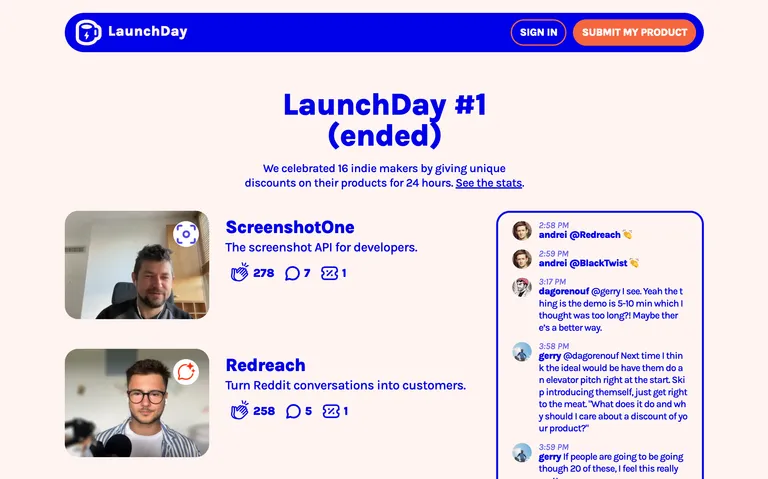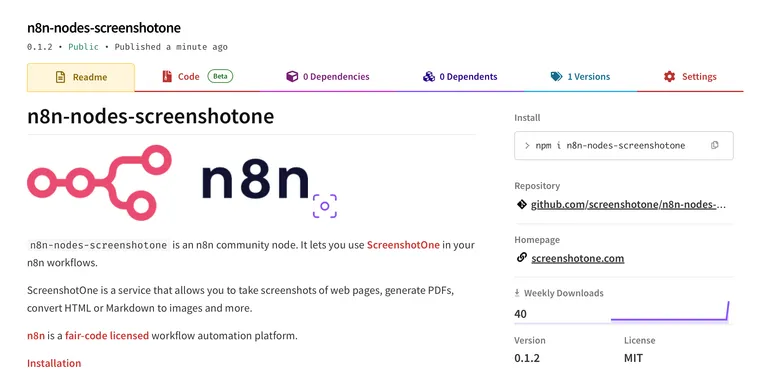I am grateful for the chance to hop on a call and talk. I have been happily using the Cloudflare platform for two years and shared feedback on the workers, storage, cache, and pages—how I use them, what works well, and what problems I encounter.
As a result, they published a summary in the “Built With” series. And I recently published about how I use Cloudflare Workers in ScreenshotOne, but in more detail.
We are both aligned on providing developers with the best possible experience to solve their problems—it is a synergy.



